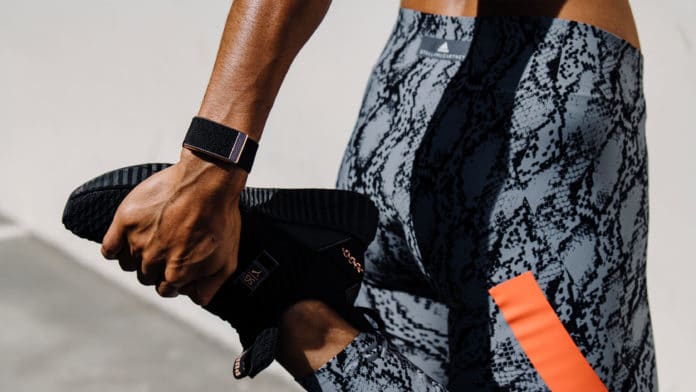The biggest fitness challenge as we get older is how to calibrate our recoveries. When we were younger, we could work out as much as we wanted and not worry too much about recovery days. Now we need to pay as much attention to the time intervals between our activities as to what we are actually doing for training.
We take longer to recover from physical stress, be it lifting, running, HIIT training or anything else that pushes or bodies to strengthen via adaptation. Each person is different and there is no hard and fast rule about how to best schedule one’s recovery. An additional complication is that we lose muscle more quickly than when we were younger. So now we have twin factors of a longer recovery needed and then timing the next workout so we can build upon the previous workout.
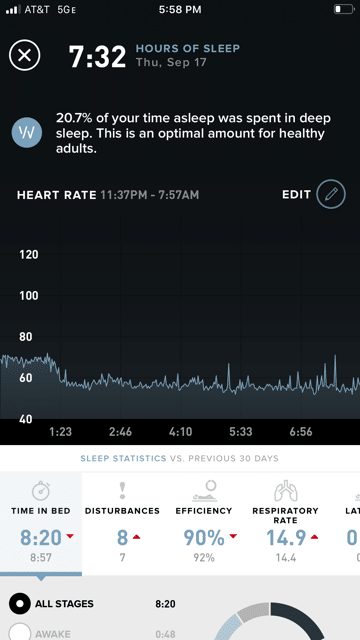
For any person, super athlete or regular human, the secret to training is how much to train, how hard, and how often
This is no easy feat, and something that I have spoken to numerous professionals about, including my 64-year-old doctor who helps train the US Olympic team. This modulation of training and rest is key to the Olympic programs. For any person, super athlete or regular human, the secret to training is how much to train, how hard, and how often. If you get that right, you can make tremendous progress. If you don’t, then either there will be little progress, or worse, your body will break down from over-stressing it.
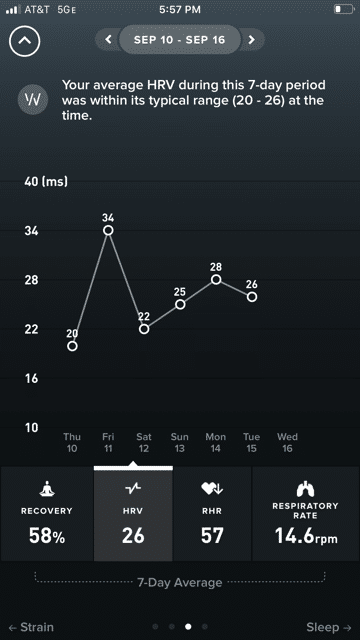
WHOOP for Recovery Score
For the last 6 months, I have been using a WHOOP. This a fitness tracker you often see on professional athletes. I have even spotted one on Anderson Cooper. First, what it doesn’t do: it won’t count your steps and it doesn’t have a screen, so you can’t tell time with it. What it does is track your sleep with a high degree of granularity, track your resting heart rate and respiration rate and, most importantly, track your deep sleep HRV (heart rate variability). It will then combine these into a recovery score that will allow you to decide how hard you should work out that day.
This goes against the oft-cited “Just Do It” motif. The gains from any exercise don’t happen during the activity, but in the rest and recovery period after it. If there is single thing you learn from this today, fitness is as much about what you don’t do as what you do.
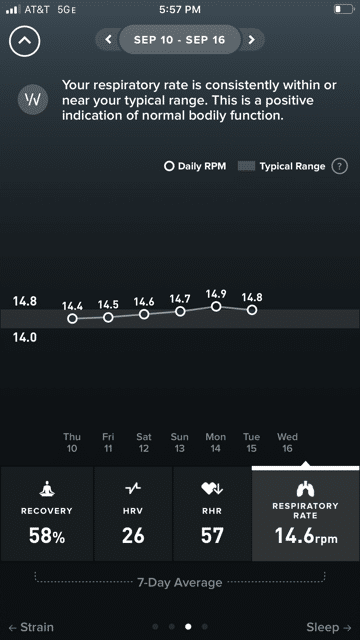
Polar for Monitoring Heart Rate During Hard Exercise
One thing the WHOOP is supposed to do but doesn’t all that well, is monitor my heart rate during hard exercise. I have found that the bicep strap is an improvement, but it is still not that great. This seems to be a problem specific to me. No one else I know who uses one has this issue. I will use a Polar, either chest or arm type, heart rate monitor in conjunction with my WHOOP when I am doing HIIT (high intensity interval training). The reason is that the intervals are best judged not so much on time and how hard it feels, but on how high my heart rate is and the amount of time needed for it to come down before going hard again.
Having an overall “recovery” number along with my HRV is super helpful in knowing how hard to push it on any given day. The HRV can be affected by all manner of strains additional to exercise: mental stress, lack of water, alcohol, poor eating…which makes it an interesting metric. If it is high, I am in good condition to work out; if not, I should still work out, but more gently until my body recovers.
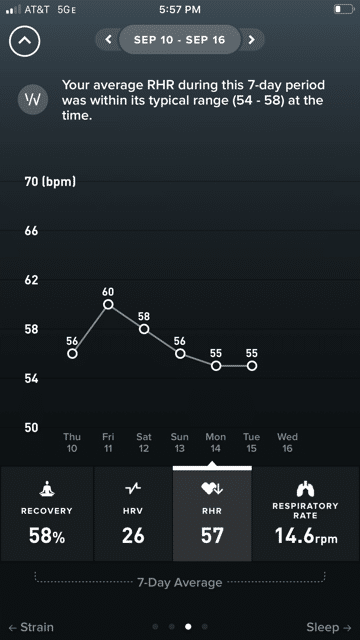
The WHOOP is similar to a great trainer
Because I like to go full-on every day, the best trainers I have worked with are not the ones telling me to push further, but the ones that throttle me back so I don’t over-stress myself. The WHOOP is very similar to a great trainer in that respect. But it is still only one metric, and not always correct. If my muscles are very sore, even if WHOOP says I am good to go, I may just go for a long, fast walk. It is good to ask yourself: “What does my body need today?” along with the WHOOP data.
At the moment my routine is Monday HIIT, Tuesday weights, Weds stretch, Thursday long cardio, Friday stretch/active rest, Saturday weights, Sunday recover. Because I am still acclimatizing to the high altitude, I am putting more work into my cardio system than usual. Once I feel good about the lack of oxygen at 7500 ft, I will probably move towards more weights.
A WHOOP takes a bit of time to understand. It is a complex measuring tool, but once you get the hang of it, it’s addictive. Let us know if you use one, or have any questions about it. Happy to help you get on the WHOOP train.

